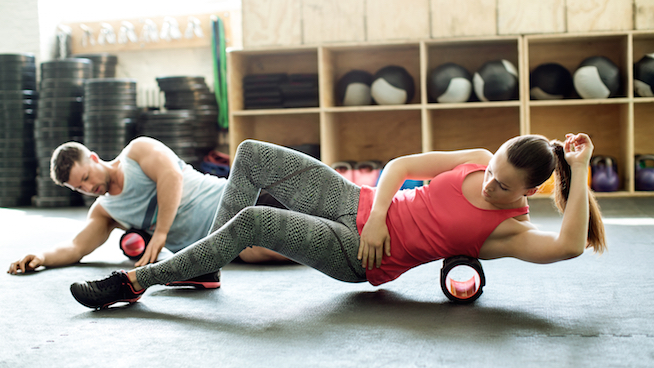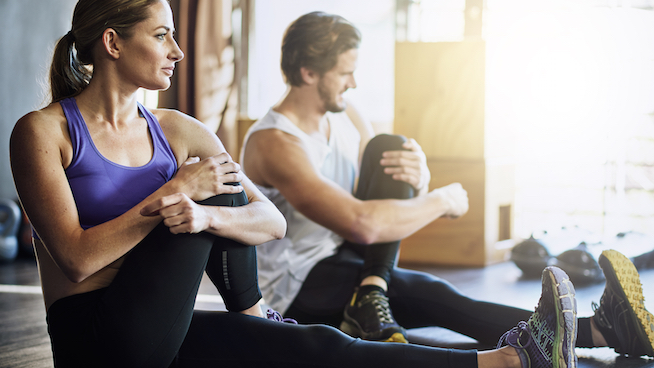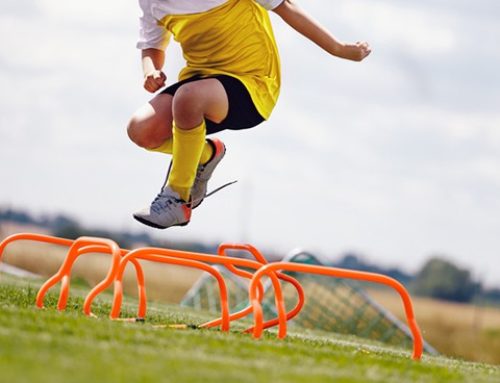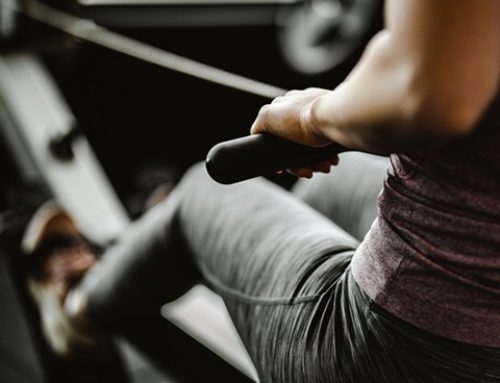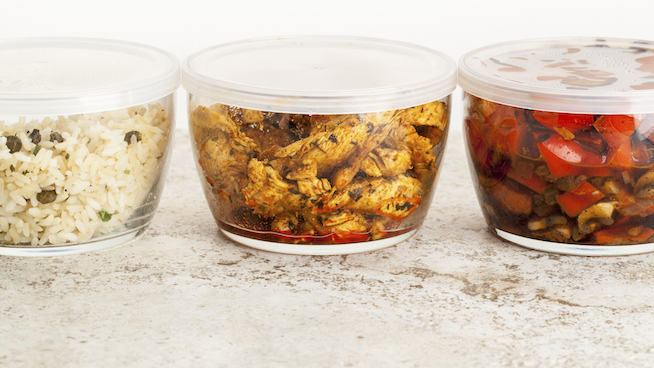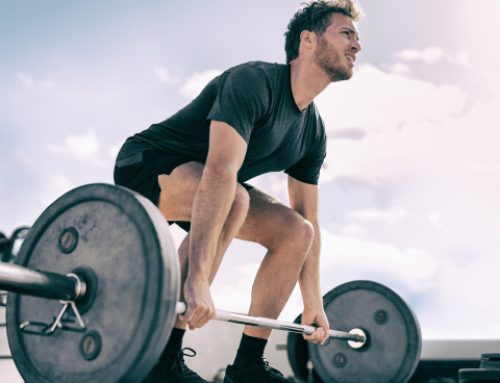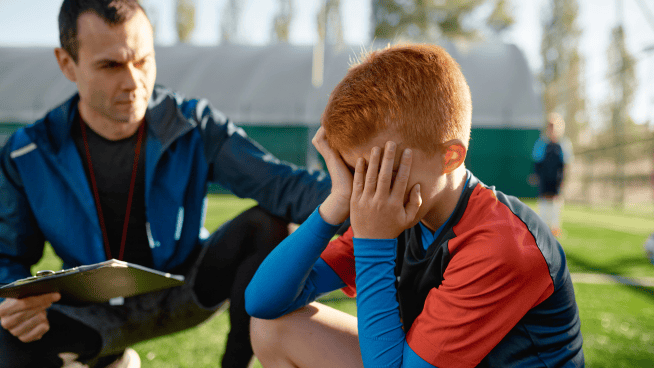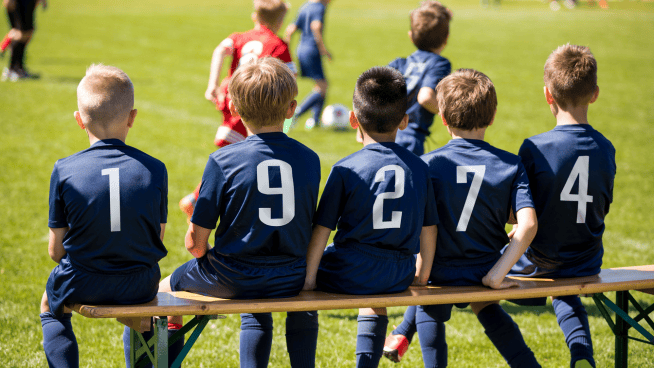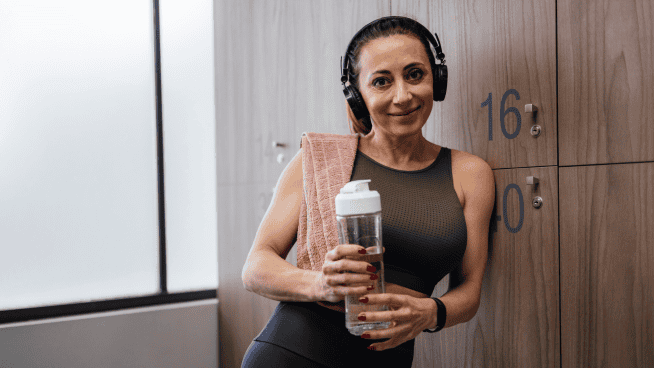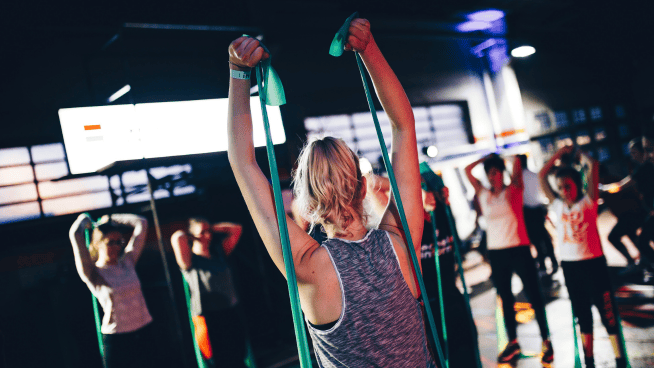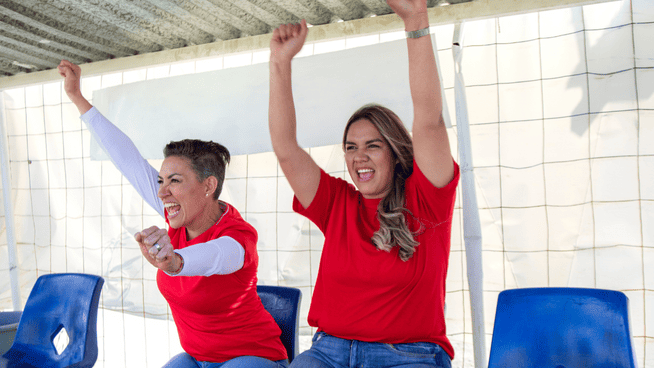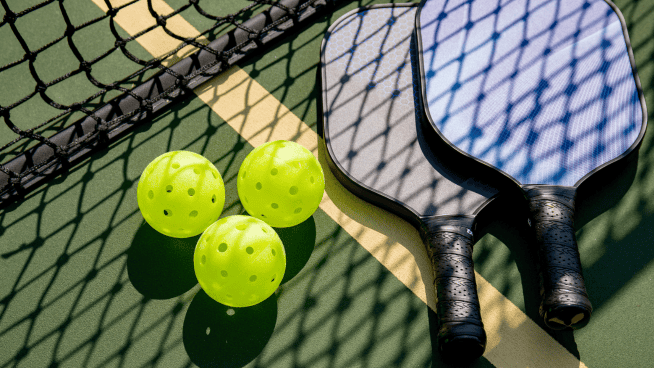Stress levels for athletes are almost always high. Stress coming from coaches, school, and personal life creates a huge need for recovery. Unfortunately, many athletes don’t realize the massive impact proper recovery can have on their performance. But if you’re willing to invest in your body, it will reward you. Here are two simple ways you can facilitate recovery and perform at your peak.
1. Foam Rolling + Breathing
Foam rolling is the simplest intervention to create more laxity in the muscle, making the muscle more elastic. Foam rolling is so great because it offers a way to apply pressure to knotted muscles, making stretching even more effective. When foam rolling is used in combination with stretching and breathing, greater changes in flexibility and mobility will be observed than could be achieved through just foam rolling alone.
Foam rolling can be completed before and after practices, lifting, and speed sessions. Foam rolling muscles that are tight once or twice a week may not be enough to keep the muscle loose. During foam rolling, breathe through any position that’s especially tight. Breathe in for 6 seconds, hold your breath for 1 second, and exhale for 7-10 seconds. Breathing this way can help an athlete focus on their breathing patterns and facilitate increased recovery. Foam rolling areas that are tight for 30 seconds will generally be enough time to get a result.
Here’s a graphic showcasing some different foam rolling positions you can utilize:
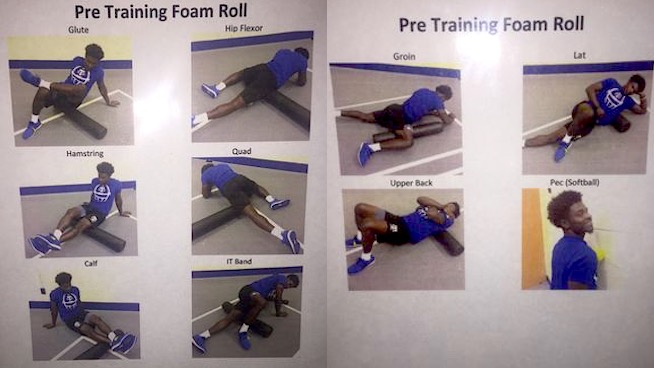
Via Tennessee State University
2. Static Stretching + Mobility Exercises
Static stretching will increase the flexibility of the muscle, while mobility exercises will increase the range of motion the joint can function through during movement.
In my opinion, neither stretching nor mobility are more important than one another and both should be completed in conjunction with foam rolling or they will not be as effective. Regular static stretching can increase your nervous system’s tolerance for pain, but static stretches should not be held in excess of 45 seconds.
As your nervous system’s tolerance for pain increases, greater flexibility and increased range of motion will be observed. Mobility is vitally important, but it isn’t needed in every area of the body. Athletes should focus on mobility exercises for the ankle, hip and thoracic spine. If a joint feels “stuck” or “locked,” typically that is an area that needs greater mobility. Being mobile through your joints will create a healthier body that will be able to play through a full season. Once again, the previous strategy for breathing should be completed with whatever exercises are chosen here. General protocol for static stretches should be 30-45 seconds and for mobility moves it should be 10 reps.
RELATED: 8 Strength Coaches Recommend The Top Stretches For Athletes
Remember to focus on the muscles that are tight! Do not misinterpret this article and think that radical amounts of flexibility and mobility are better. Increasing range of motion by 1 percent may be all you need to avoid an injury and increase performance.
READ MORE:
RECOMMENDED FOR YOU
MOST POPULAR
Stress levels for athletes are almost always high. Stress coming from coaches, school, and personal life creates a huge need for recovery. Unfortunately, many athletes don’t realize the massive impact proper recovery can have on their performance. But if you’re willing to invest in your body, it will reward you. Here are two simple ways you can facilitate recovery and perform at your peak.
1. Foam Rolling + Breathing
Foam rolling is the simplest intervention to create more laxity in the muscle, making the muscle more elastic. Foam rolling is so great because it offers a way to apply pressure to knotted muscles, making stretching even more effective. When foam rolling is used in combination with stretching and breathing, greater changes in flexibility and mobility will be observed than could be achieved through just foam rolling alone.
Foam rolling can be completed before and after practices, lifting, and speed sessions. Foam rolling muscles that are tight once or twice a week may not be enough to keep the muscle loose. During foam rolling, breathe through any position that’s especially tight. Breathe in for 6 seconds, hold your breath for 1 second, and exhale for 7-10 seconds. Breathing this way can help an athlete focus on their breathing patterns and facilitate increased recovery. Foam rolling areas that are tight for 30 seconds will generally be enough time to get a result.
Here’s a graphic showcasing some different foam rolling positions you can utilize:

Via Tennessee State University
2. Static Stretching + Mobility Exercises
Static stretching will increase the flexibility of the muscle, while mobility exercises will increase the range of motion the joint can function through during movement.
In my opinion, neither stretching nor mobility are more important than one another and both should be completed in conjunction with foam rolling or they will not be as effective. Regular static stretching can increase your nervous system’s tolerance for pain, but static stretches should not be held in excess of 45 seconds.
As your nervous system’s tolerance for pain increases, greater flexibility and increased range of motion will be observed. Mobility is vitally important, but it isn’t needed in every area of the body. Athletes should focus on mobility exercises for the ankle, hip and thoracic spine. If a joint feels “stuck” or “locked,” typically that is an area that needs greater mobility. Being mobile through your joints will create a healthier body that will be able to play through a full season. Once again, the previous strategy for breathing should be completed with whatever exercises are chosen here. General protocol for static stretches should be 30-45 seconds and for mobility moves it should be 10 reps.
RELATED: 8 Strength Coaches Recommend The Top Stretches For Athletes
Remember to focus on the muscles that are tight! Do not misinterpret this article and think that radical amounts of flexibility and mobility are better. Increasing range of motion by 1 percent may be all you need to avoid an injury and increase performance.
READ MORE:

